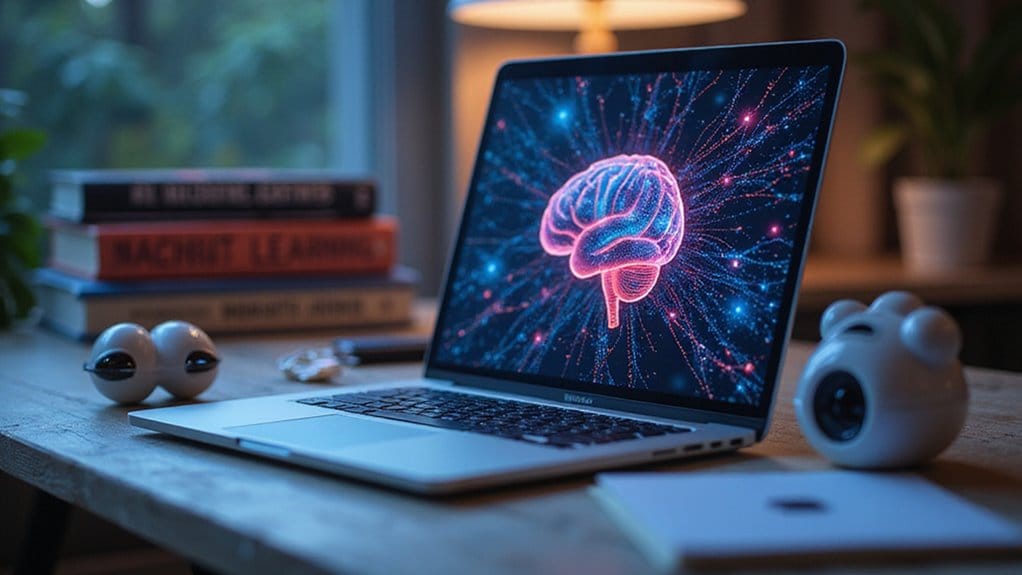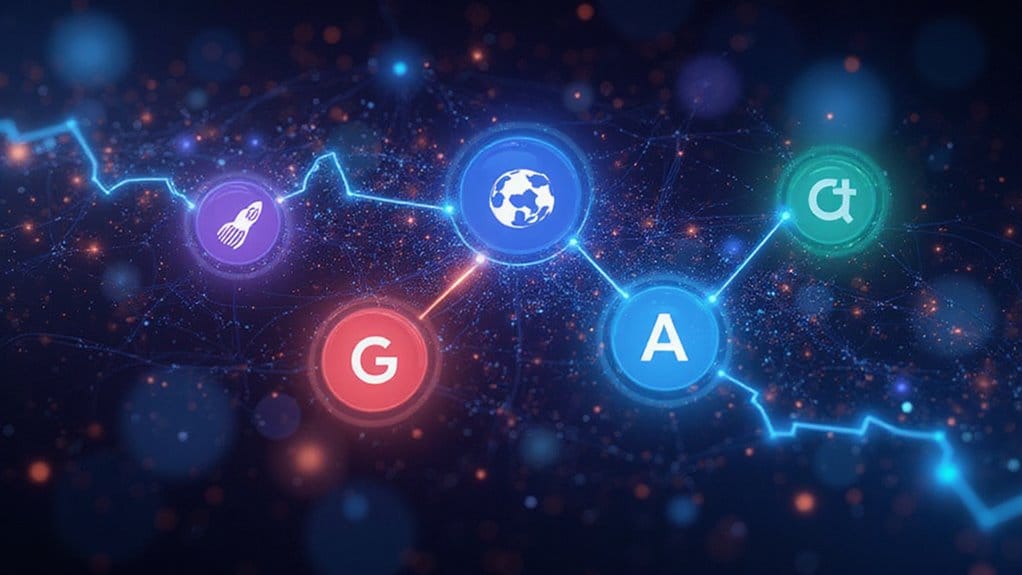Open Source AI is shaking things up! It’s making advanced tech available to everyone, not just the big corporations. With free access to code and models, you can tinker away without draining your wallet. But wait, it’s not all rainbows—security issues and bias in data can bite back. So, be smart about diving in! Get involved with community projects to innovate and collaborate. Curious about how this trend could impact your tech journey? Stick around to find out more!

In a world where technology is advancing faster than you can say “machine learning,” Open Source AI emerges as a beacon of hope and innovation. This phenomenon isn’t just a tech trend; it’s a movement. Open Source AI allows anyone with an internet connection to plunge into the treasure trove of code, models, and sometimes even training data, all free for modification and use. Imagine a world where you can tinker with advanced AI without shelling out your life savings—sounds dreamy, right?
By promoting community collaboration, Open Source AI breaks down the walls of exclusivity that often surround technological advancements. Developers from all corners can come together, share their insights, and, if we’re being honest, throw in a bit of friendly competition. This collective effort fosters transparency, allowing everyone to inspect and modify code without the need for a permission slip, which is a revitalizing change in a world filled with corporate red tape. Furthermore, open source resources on libraries like PyTorch and TensorFlow support model building, making it easier for newcomers to dive into AI development. Additionally, the global community collaboration encourages the development of new AI products and services, pushing the boundaries of what’s possible. Moreover, the collaborative nature of open source AI communities helps researchers tackle complex problems together.
But let’s not forget the ethical considerations. The democratization of AI brings responsibilities. With great power comes great scrutiny, and open algorithms can be audited for fairness and accuracy. However, this openness isn’t without risks. Security vulnerabilities lurk in those lines of code, and bias in training data can lead to uneven performance. So, while anyone can access this tech, not everyone should rush in without a plan.
Moreover, Open Source AI is a game-changer for innovation. It democratizes AI, enabling diverse contributors to create solutions that reflect a wider range of experiences. Yet, the challenges are real—think environmental concerns and the need for better data governance.
In essence, Open Source AI isn’t just about sharing code; it’s about reshaping the future of technology. So, roll up your sleeves, join the community, and remember, in this open world, every line of code counts.
Frequently Asked Questions
How Can I Contribute to an Open Source AI Project?
To contribute to an open-source AI project, start by exploring platforms like GitHub.
Familiarize yourself with the codebase—yes, read the docs! Follow contribution guidelines like a recipe; they’re there for a reason.
Engage in collaborative coding with the community, offering support and feedback. Begin with small tasks to build confidence.
Remember, clear communication is key. Don’t forget to write descriptive commit messages; they’re your project’s diary!
Immerse yourself, and let the innovation flow!
What Are the Legal Implications of Using Open Source AI?
Using open-source AI? Tread carefully!
Licensing agreements are your best friend—or worst enemy. Ignoring these can land you in hot water over intellectual property rights.
Remember, stripping copyright notices? That’s a big no-no! Follow the rules or risk losing access to that shiny code.
Want to avoid lawsuits? Read those licenses, comply, and keep your project safe.
Don’t be that person who gets tangled in legal messes!
Are There Risks Associated With Open Source AI Technologies?
Open-source AI technologies carry significant risks, including security vulnerabilities and ethical concerns.
Imagine a world where anyone could misuse AI for espionage or creating deepfakes—sounds fun, right? Well, it’s not. You must prioritize safety!
Make sure you’re using reliable models with clear licensing. Stay informed about potential biases in data.
How Do I Choose the Right Open Source AI Tool for My Needs?
When choosing the right open-source AI tool, start with tool evaluation—are its features compatible with your project?
Assess capabilities like image recognition or data scalability. Check if it integrates smoothly with other platforms and offers solid documentation.
Don’t overlook community support; a lively group can be your lifesaver.
Finally, consider ethical standards—nobody wants bias in their algorithms!
What Skills Are Needed to Work on Open Source AI Projects?
To plunge into open source AI projects, one must master programming languages like Python, C++, and Java.
Don’t just skim the surface—understand machine learning! You need to grasp supervised and unsupervised learning.
Get comfy with data analysis tools, and don’t forget version control like Git; it’s a lifesaver.
Finally, brush up on neural networks.
Ready to code? Or will you let your skills gather dust? Time to choose!









